
A long coat, also known as a duster, has become a popular costume piece for cowboys in modern Western movies. In earlier movies, cowboys were often shown wearing close-fitting shirts and vests, holsters plainly in sight. While a few movies, such as 1962's "The Man Who Shot Liberty Valance" used dusters, this article of clothing gained popularity after they were used extensively in director Sergio Leone's spaghetti westerns, including 1966's "The Good, the Bad and the Ugly."
For Historical Reasons
In 1861, a boy named Caden McCoy accidentally spilled candle wax on cloth and noticed that water beaded up on it as he tried to clean it off. Soon, his family was selling wax-treated coats that became popular with calvary members and cowboys. The coats -- which became known as dusters -- kept the cowboys dry, while also protecting their clothes from dust and the brush. The coats were split in the back, so they could be worn while riding in a saddle.
Italian director Sergio Leone is credited with making the coats popular in modern cowboy movies. According to Mickey Knox, a writer who worked with Leone, the director had noticed that cowboys in pictures from the late 1800s were wearing the coats and he incorporated the style in his films.
Following the Trend
In early westerns, cowboys portrayed by the likes of John Wayne, Gene Autry and Roy Rogers would commonly wear close-fitting shirts and vests. Some of the shirts, especially those worn by Autry and Rogers, were even elaborately embroidered or heavily fringed.
When Sergio Leone used the long dusters for his cowboys, other film makers and costumers took note and began incorporating the look into their movies. The long coat's popularity has grown since then and is still used in westerns today, including Russell Crowe's "3:10 to Yuma."
To Set a Menacing Tone
Long coats can give a character a menacing appearance. For one thing, they are long enough to conceal things, including a shotgun. Films often have a character pull an unexpected weapon out from under a duster to surprise an opponent.
Additionally, because the coat is non-form fitting, it can also be used to disguise a character. In the 1993 movie "Tombstone," for instance, a figure in a duster walks with his head down toward the character, Johnny Ringo. It is supposed to be Wyatt Earp, but it turns out to be Doc Holliday.
For Artistic Reasons
The movement of a long coat can add flair to a scene. In a famous scene from the 1993 movie, "Tombstone," the Earp brothers and Doc Holliday are shown striding toward the O.K. Corral, their coats fluttering as they move. The movement of the coats adds visual drama to the scene especially since the shot is framed against a burning building.
Having a character stride toward an opponent and draw two guns that were hidden under his long coat is another popular artistic shot. Slow motion shots of cowboys galloping across the prairie, with their coats waving out behind them like a matador cape are also popular.
Related Articles

How to Dress Like Bono

The History of Pinstripe Suits
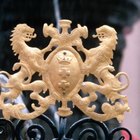
What Is the Difference between a Coat ...
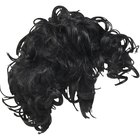
Famous Men Who Wear Toupees

Hat Trends of the Seventies

What Did Teenage Boys Wear in the 1950s?

How to Dress Like Run-DMC
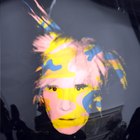
How to Dress Like Andy Warhol

The History of Denim Jackets

How to Dress Like Eminem
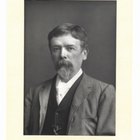
Men's Fashion in the 1890s

Men's Clothes & Styles in the 1920s & ...
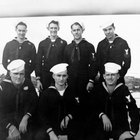
How to Tell the Age of a Vintage Navy ...

Facial Hairstyles in the 1960s

Facts About Sombreros

Football Facemask History

The History of Tweed Perfume

The History of Bolo Ties

What Is a CPO Jacket?

What Did Kids Wear in the 80s?
References
Photo Credits
Dick Luria/Valueline/Getty Images